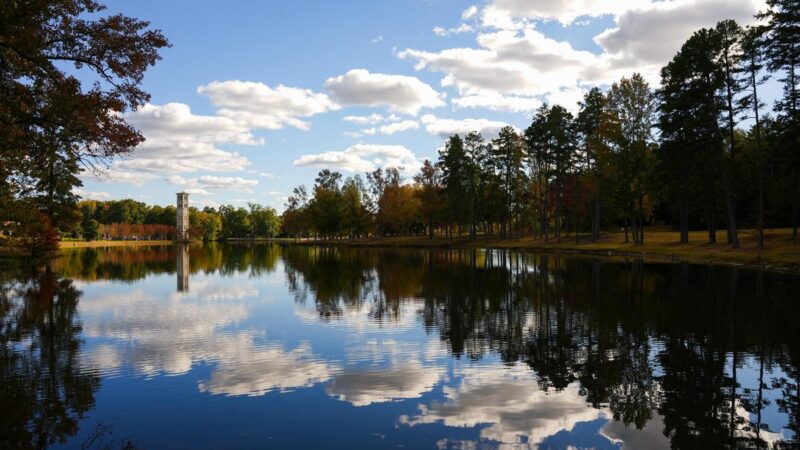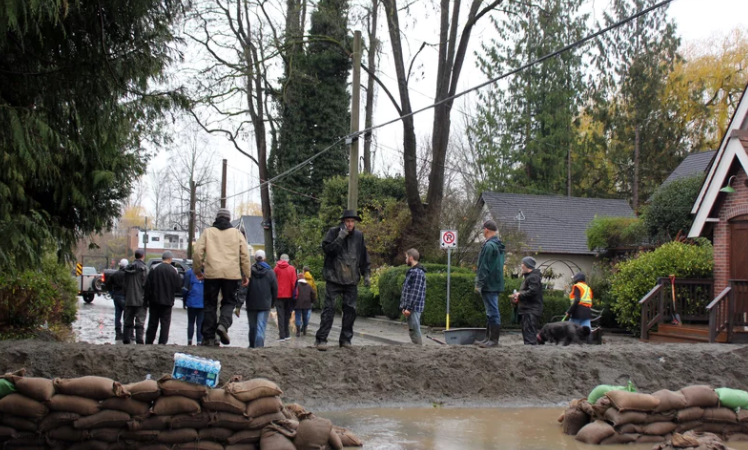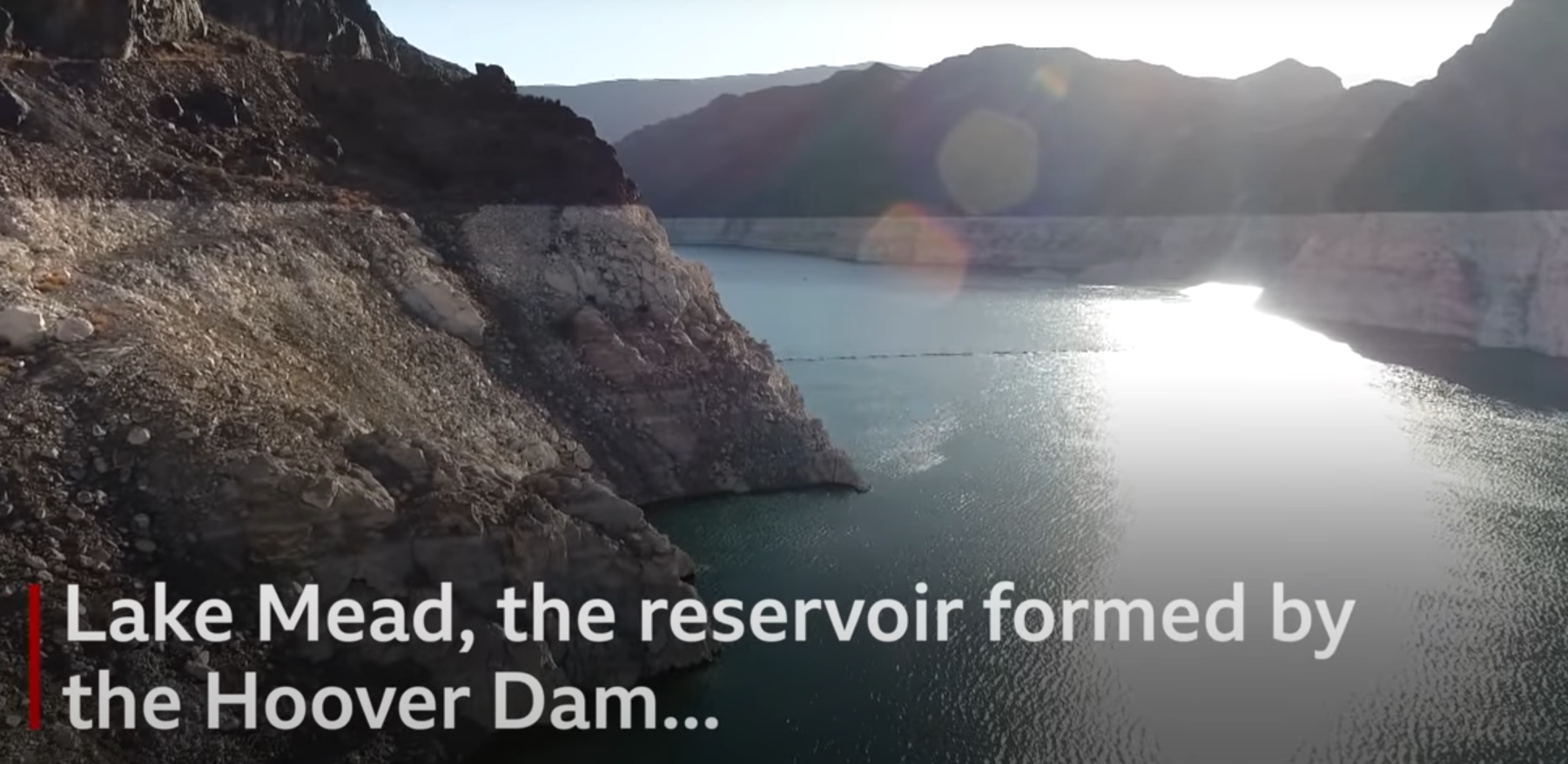Tsunami Waves Reach Japan After Deadly Magnitude-8.3 Earthquake Rocks Chile
No injury or damages have been reported from the waves, but some coastal towns have issued evacuation advisories as a precautionary step.
The first reports of tsunami waves came from Iwate Prefecture around 6:20 a.m. local time Friday. By 7:30 a.m., tsunami waves as high as 0.4 meter (1.3 feet) had been reported at Kujikō in Iwate Prefecture as well as at Erimo on the northern island of Hokkaido.
The agency issued a tsunami advisory before dawn Friday for Japan’s entire Pacific coast, from Hokkaido in the north to Okinawa in the south.
Agency official Yohei Hasegawa said the waves reached northern Japan first and were moving toward the southwest. He said the agency expects the swelling of the waves would continue for a while and could go as high as 1 meter (40 inches), and urged residents to stay away from the coast.
Smaller waves have been detected across the country, up to 50 centimeters (20 inches) in Erimo on Hokkaido and 20 centimeters (8 inches) in Fukushima prefecture, home to the nuclear power plant destroyed by the 2011 disaster.
The northern Japanese coasts, especially those in Iwate, have been affected by tsunami induced by earthquakes near Chile in the past. In 1960, a tsunami exceeding 5 meters (16 feet) hit the area, leaving 139 people dead.
Quake Triggers Pacific-Wide Tsunami
The first tsunami waves struck Chile just minutes after the quake, and have since been fanning out across much of the Pacific Ocean. Outside of Chile, the highest observed tsunami waves have been in French Polynesia, a cluster of islands in the South Pacific; a 4.5-foot tsunami was reported at Nuku Hiva in that country’s Marquesas Islands at 7:33 a.m. U.S. EDT Thursday.
In the Hawaiian Islands, tsunami waves early Thursday morning reached a magnitude of 3 feet at Hilo and 2.2 feet in Kahului, Maui. The peak waves struck the state between 4 and 5 a.m. local time (9 and 10 a.m. EDT). A very small tsunami of just over 2 inches was also measured at Honolulu.
The Pacific Typhoon Warning Center has since canceled the tsunami advisory for Hawaii. Local officials urged people to stay off the beach and out of the water Thursday.
The U.S. government’s National Tsunami Warning Center also issued a tsunami advisory for Southern California, including coastal areas of the counties of San Luis Obispo, Santa Barbara, Ventura, Los Angeles, and Orange. The advisory was canceled at 12:19 p.m. PDT.
NTWC said tsunami waves were measured along most of the California coast. The highest measured tsunami wave was at Ventura, where the sea level peaked 1.1 feet above normal tide levels.
A tide gauge at Santa Monica, California, measured the initial tsunami wave early Thursday morning, with a fluctuation of about one foot in less than 15 minutes, according to the National Weather Service in Oxnard.
Very small tsunami waves were observed even farther north. Port Orford, Oregon, reported a 3-inch tsunami at 9:06 a.m. PDT. In Alaska, tsunami waves of around half a foot were measured at Nikolski and Sand Point early Thursday afternoon.
Such waves are not a danger to those on land, but they can create unusual and dangerous currents posing a danger to swimmers and boaters.


